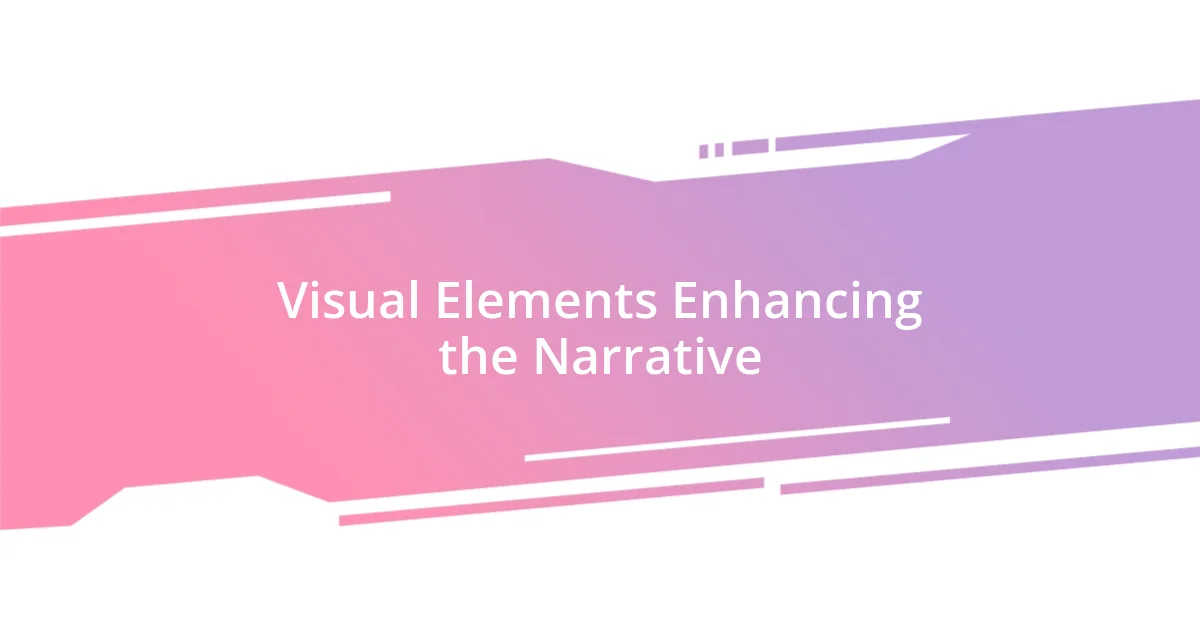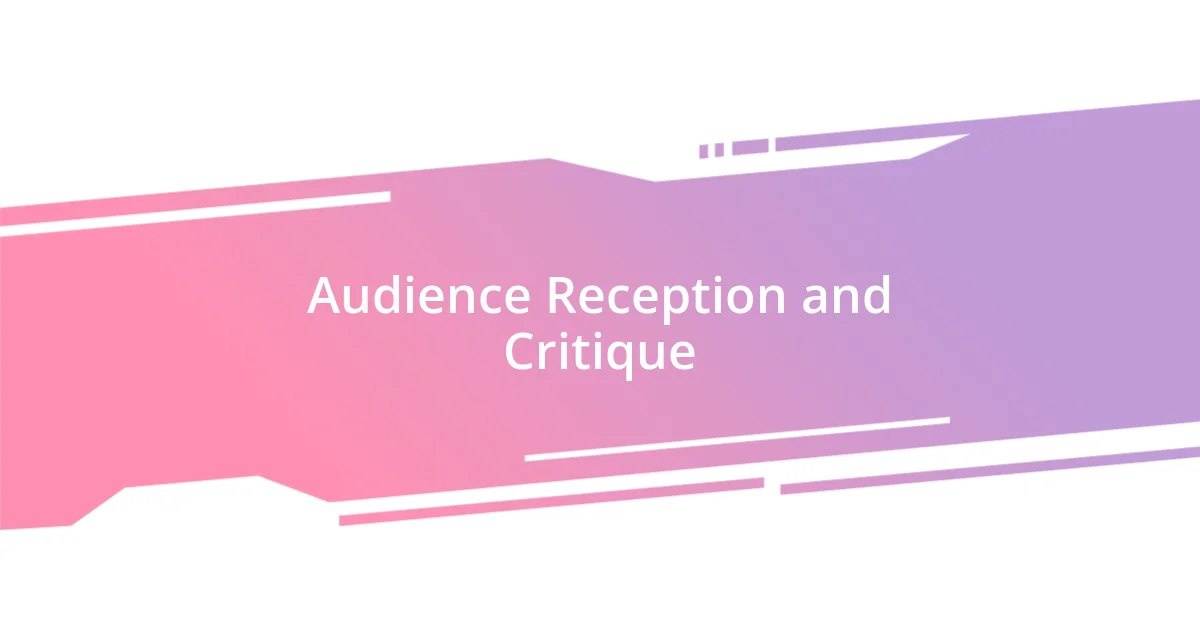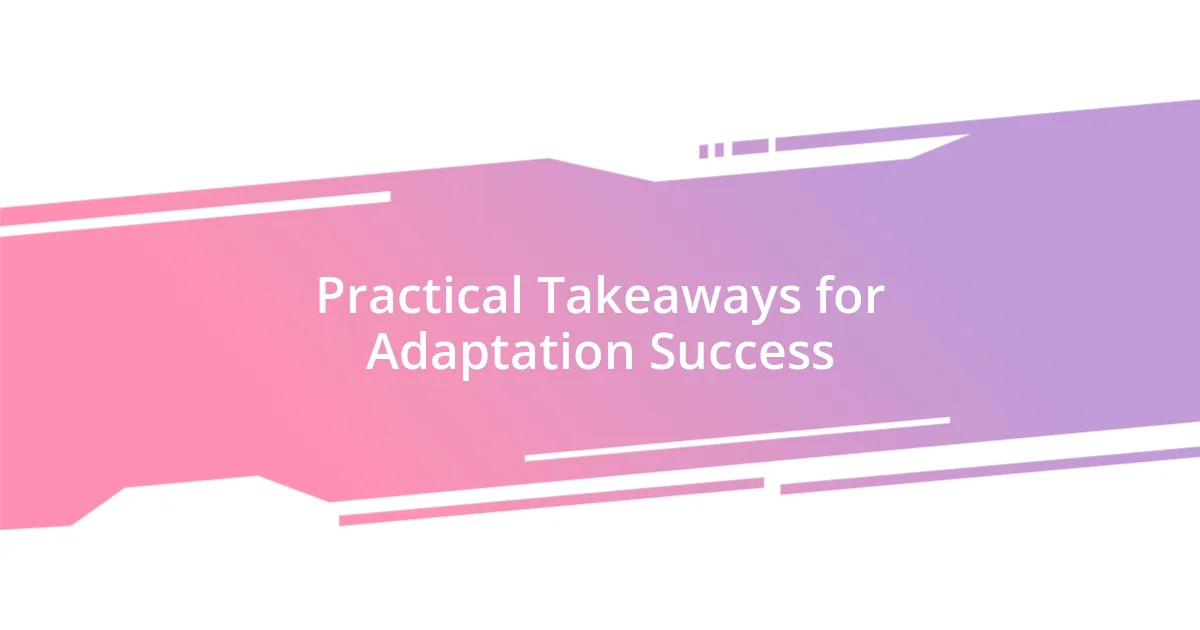Key takeaways:
- Eragon’s adaptation enhances character dynamics, particularly through Saphira’s vocal presence, which deepens emotional connections.
- The film’s pacing condenses subplots, sometimes sacrificing character development and making the story feel rushed.
- Visual elements bring the narrative to life but may overshadow the original story’s intricacies, highlighting the need for balance between spectacle and substance.

Understanding Eragon’s Original Story
Eragon’s original story is a classic tale of a young farm boy who discovers his destiny in a world filled with magic, dragons, and ancient sorcery. When I first read the book, I was captivated by how Paolini narrated Eragon’s evolution from a naive boy to a powerful Dragon Rider; it felt like I was on that journey with him. Don’t you remember the thrill of uncovering hidden powers alongside him?
The depth of Eragon’s character really struck me, especially his internal struggles and the weight of the responsibilities he inherited. He often finds himself torn between duty and personal desires, a conflict I relate to in my own life when faced with challenging choices. How do we balance our dreams with expectations? This question resonated deeply within me as I followed his path.
I found the world-building fascinating, too—each location, from the forests of the Spine to the daunting Beor Mountains, is described with such vivid detail. It was as if I could feel the cool breeze while wandering through those enchanted landscapes. This rich setting not only provides a backdrop for the adventure but also amplifies the emotional stakes of every encounter. Have you ever felt so immersed in a world that you sensed its magic surrounding you?

Key Changes in the Adaptation
In the adaptation of Eragon, one of the most noticeable changes lies in the depiction of certain characters. For instance, Saphira, the dragon, has a more prominent voice and personality than in the book. I found this representation quite compelling; it adds a layer of depth to their relationship and allows viewers to connect on a more emotional level. Have you ever felt a character come to life in a way that surpasses the pages of a book?
Another key change is the pacing of the plot. The film condenses numerous subplots to fit within a limited runtime, which sometimes sacrifices character development. I remember watching it and wishing for more of the intricate dynamics between Eragon and his mentor, Brom. This alteration makes the story feel rushed at times, as though I was skipping through the highlights of a beloved novel rather than savoring each chapter.
Lastly, the visual portrayal of the magical elements is significantly enhanced in the adaptation. Seeing the landscapes and magical battles brought to life was exhilarating for me. Yet, I couldn’t help but wonder if some of the mystical allure from the original text was lost in the transition to screen. What do you think? Does the spectacle of visuals enhance or detract from the story’s essence?
| Change | Description |
|---|---|
| Character Development | Saphira has a more vocal and defined presence, deepening her bond with Eragon. |
| Pacing | The plot is condensed, affecting the overall character development. |
| Visual Effects | Enhanced magical visuals provide excitement but may lack the original mystique. |

Character Deepening in the Adaptation
In the adaptation of Eragon, the deepening of character relationships truly struck me. For instance, the way Saphira articulates her thoughts adds an unexpected dimension to Eragon’s journey. I remember watching a particular scene where Eragon struggles with hesitation, and Saphira’s voice—a comforting and guiding presence—helped me appreciate their bond on a new level. It mirrors how friends can often provide clarity during our own moments of confusion.
Character Deepening Highlights:
– Saphira’s Influence: Her vocal expressions enhance her role as a mentor and friend, showcasing a more emotional bond with Eragon.
– Brom’s Complexity: The film hints at Brom’s past struggles, giving him a nuanced portrayal that emphasizes the weight of his mentorship.
– Eragon’s Inner Conflict: While the adaptation condenses scenes, I could still feel Eragon’s internal battles, making his growth relatable.
I vividly recall the moment when Eragon faced the reality of his destiny; it made me reflect on how often we confront the unknown in our lives. Each character’s evolution, though sometimes rushed, still resonates with deeper complexity that invites viewers to connect on an emotional level.

Visual Elements Enhancing the Narrative
Visually stunning elements can truly bring a narrative to life, and this is evident in Eragon’s adaptation. I was particularly entranced by the lush landscapes that unfolded on screen; they sparked memories of my own adventures in nature. There’s something uniquely captivating about seeing the sweeping views of Alagaësia, which made me feel like I was right there alongside Eragon, experiencing his journey firsthand.
The magical battles stand out as high points, with special effects creating exhilarating moments that draw you in. When I saw the clash of elemental forces during a pivotal fight scene, it reminded me of the excitement I felt when reading those words on the page. Yet, I wondered if the intricate descriptions from the book were overshadowed by the shiny visuals—did they lose some of their intended weight?
Transitions between scenes were visually seamless, adding fluidity to the storytelling. I distinctly recall a moment where the change from a quiet village to a majestic castle felt almost like a breath of fresh air. It’s fascinating how films utilize visual cues to shift tones and moods. Does this technique elevate the narrative, or do you think it sometimes distracts from the heart of the story? For me, those visuals often serve to enhance my emotional connection, making the adventure feel all the more real and immersive.

Audience Reception and Critique
The reception of Eragon’s adaptation has been quite a mixed bag among audiences, reflecting a range of expectations and experiences. I remember discussing the film with friends who had adored the book, and many expressed disappointment that key elements from the novel felt glossed over. This sentiment resonates with viewers who often seek a faithful representation of the source material, especially when it holds a special place in their hearts.
Critiques often mention the pacing as a significant issue; some found it left character arcs underdeveloped. I can relate to that feeling of rushing through pivotal moments, as I was left yearning for deeper explorations of Eragon’s struggles. It made me think—how much can we truly capture in a film compared to the richness of a book? That said, I’ve also encountered viewers who appreciated the film’s ability to convey its themes visually and succinctly, suggesting that perhaps some audiences favor the cinematic experience over textual immersion.
In my own viewing experience, I felt a disconnect in places, yet certain aspects—the visuals and character moments—compelled me to keep watching. I often ponder whether the adaptation’s cinematic choices could resonate differently with varied audiences. It reminded me of my first reactions to adaptations as a kid; I was always torn between excitement and frustration. Ultimately, it’s fascinating to see how a story can elicit such diverse reactions, often reflecting the individual’s relationship with the original narrative.

Practical Takeaways for Adaptation Success
When it comes to adapting a beloved story like Eragon, one practical takeaway for success is the importance of prioritizing character development. I recall watching the film and wanting to delve deeper into Eragon’s internal conflicts—those moments that are often the lifeblood of storytelling. Have you ever felt like a film skimmed the surface of a character’s journey? This can leave audiences craving that rich narrative that the original book provided, reinforcing the idea that screenwriters should take the time to build those complex arcs, even in a limited runtime.
Another key point I’ve noticed is the value of balancing visual spectacle with narrative substance. I remember being awed by the breathtaking visuals, but sometimes, I found myself wishing for a little more context surrounding those dazzling scenes. It made me think—how can we strike that perfect balance to keep the audience emotionally engaged? An effective adaptation should ensure that the visuals enhance, rather than overshadow, the emotional and dramatic stakes of the story, which ultimately invites a more immersive experience.
Lastly, embracing the unique strengths of the film medium can significantly elevate adaptation success. I often reflect on the moments in Eragon where music and cinematography combined to create emotional resonance, like during pivotal confrontations between characters. It strikes me that these elements can communicate what words sometimes cannot. Have you experienced that kind of moment in a film? For me, it’s a reminder that while staying true to the source material is important, finding innovative ways to interpret those themes through film can lead to a richer storytelling experience.














